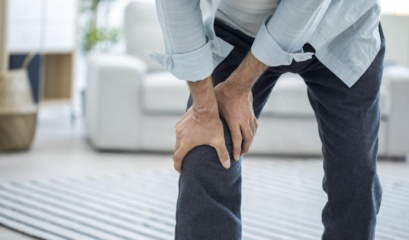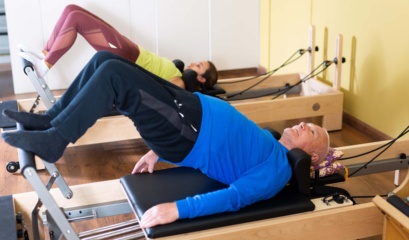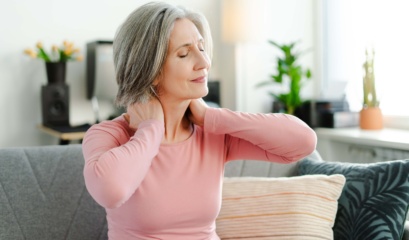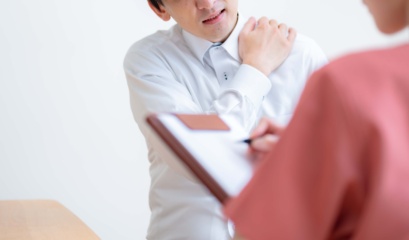Manage hip symptoms before they become a real pain in the butt
Below are just a few things you might expect if you have greater trochanteric pain syndrome (GTPS).
- Persistent pain or tenderness around the hip and/or buttocks
- Low back pain
- Interrupted sleep, or an inability to lie on the affected hip
- Difficulty going up and downstairs
- Decreased capacity for activity and movement
Am I a candidate for GTPS?
While we mostly see this condition arise in women between 40 to 60 years old, there are cases of younger and fitter people such as runners both male and female, presenting with GTPS. It can also be associated with low back pain.
It’s important to understand that many hip problems present with similar symptoms, so getting an accurate diagnosis is crucial to avoid aggravating your condition while recovering safely.
What should I do?
If you do have GTPS, or any serious hip problem, treatment should begin as soon as symptoms arise to assist with pain and inflammation. If you experience the symptoms listed above, you should contact your physio and book an assessment to determine a diagnosis.
In the meantime, you should:
- Cease anything that aggravates symptoms or makes pain worse.
- Take steps to maintain a healthy body weight to reduce extra load on your joints.
- Take steps to maintain a healthy body weight to reduce extra load on your joints.
- Avoid sitting in low chairs.
- Get up and move every 30 minutes.
If you identify with any of the above, don’t put up with the pain. Contact us today so we can help you return to a pain free life.









